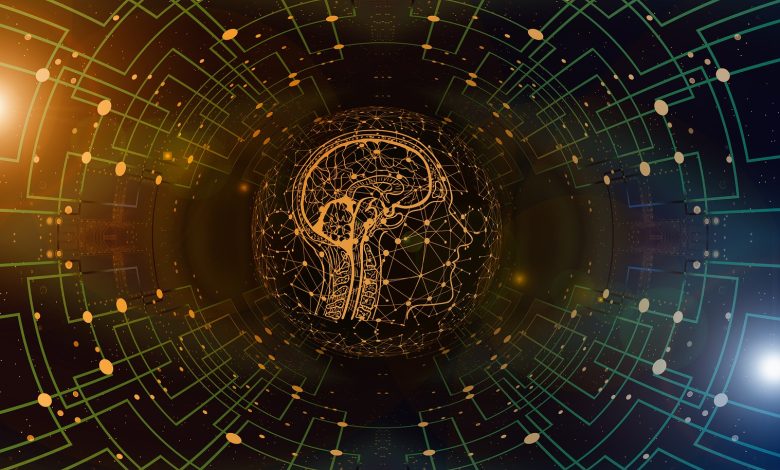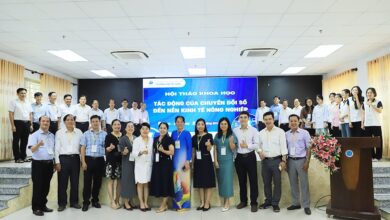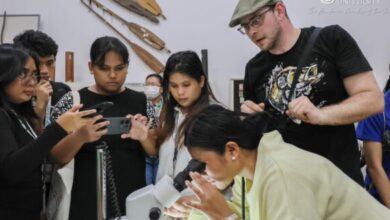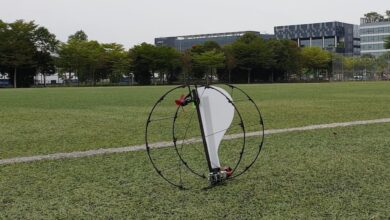AI for understanding human consciousness (with caution)
"One does not become enlightened by imagining figures of light, but by making the darkness conscious." - Carl Jung

We have long been fascinated by human consciousness as we try to comprehend the nature of our own experiences and what it means to be alive. Current developments in Artificial Intelligence (AI) have created new opportunities for investigating human consciousness and providing further information on the functioning of the brain. The subjective experience of being aware of one’s environment, thoughts, and feelings is frequently used to characterise consciousness. It is a complicated structure that is poorly understood as consciousness involves the fusion of data from various sensory modalities and cognitive processes. It is a first-person phenomenon, meaning we can only directly examine our own minds. This is one of the most challenging aspects of understanding consciousness. We do not have access to another person’s subjective experience; thus, we cannot be certain about what they are going through. Yet, because AI can imitate and model human cognition and behaviour, it presents a novel method for researching consciousness. Researchers can learn more about the mechanisms underlying human experience by developing computational models of consciousness.
The usage of neural networks is one of the most promising methods for researching consciousness using AI. The structure and operation of the brain are mimicked by computational models called neural networks. These networks are made up of interconnected linked nodes or neurons that have the capacity to learn from data and anticipate the outcome of new information. Researchers can learn more about how the brain processes information and creates a conscious experience by training neural networks on extensive datasets of human behavior and cognitive processes. For instance, neural networks have been employed to examine visual perception, a crucial component of consciousness. Researchers have learned more about how the brain interprets visual information by training neural networks on enormous datasets of images and comparing their performance to human perception.
To read more : The daily Star




